Subbu68
Well-Known Member
Several FMs are installing UPS, Isolation Transformers etc. So why not know a little more about the EVIL (DEVIL) harmonics.
Excerpts from Engineering Standard ER01 that is on my department website for those who need a quick primer.
Should you need the full document visit www.doe.gov.ae and look for Engineering Recommendation 01 - Limits for Harmonics in the Electricity Supply System. Okay, I could upload the PDF itself. Below screenshots
We have a 400V, 50Hz system so it more or less matches India and others with 50Hz supply.
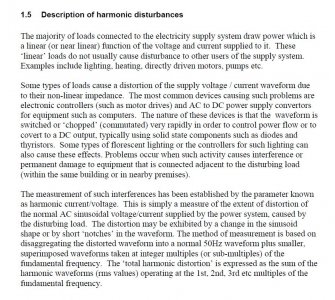
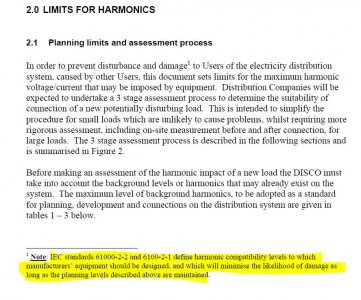
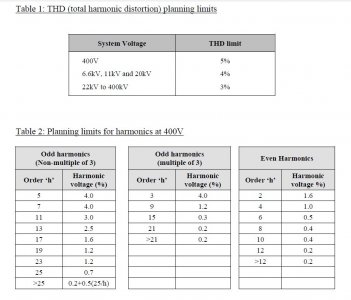
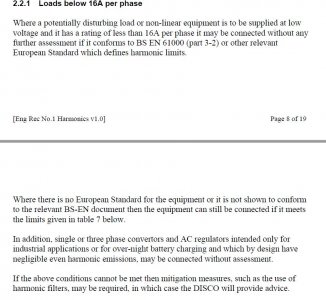
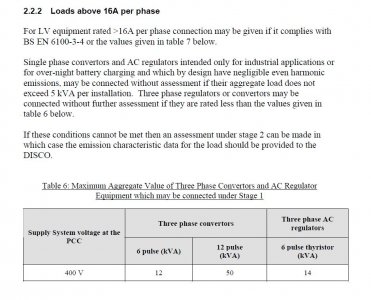
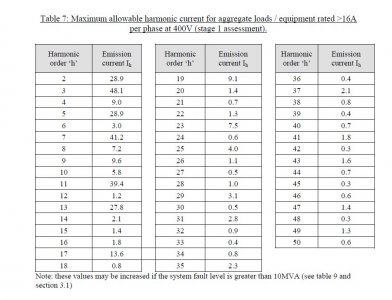
Excerpts from Engineering Standard ER01 that is on my department website for those who need a quick primer.
Should you need the full document visit www.doe.gov.ae and look for Engineering Recommendation 01 - Limits for Harmonics in the Electricity Supply System. Okay, I could upload the PDF itself. Below screenshots
We have a 400V, 50Hz system so it more or less matches India and others with 50Hz supply.







